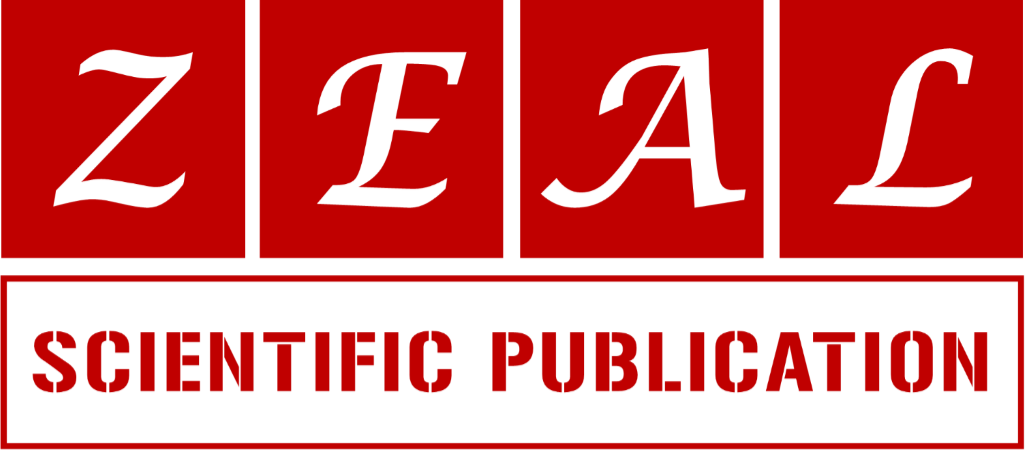Prevalence of urogenital schistosomiasis among reproductive women and children in Yenagoa Metropolis, Bayelsa State, Nigeria
1 Department of Medical Laboratory Science, Faculty of Basic Medical Sciences. Niger Delta University, Nigeria.
2 Department of Medical Laboratory Science, Faculty of Allied Medical Sciences, University of Calabar, Nigeria.
Research Article
World Journal of Advanced Science and Technology, 2022, 01(01), 071–077.
Article DOI: 10.53346/wjast.2022.1.1.0024
Publication history:
Received on 27 December 2021; revised on 06 February 2022; accepted on 08 February 2022
Abstract:
Schistosomiasis is one of the most important neglected tropical diseases in terms of morbidity and mortality and it is endemic in the Niger Delta region of Nigeria. This study was conducted between March and November, 2021 to determine the prevalence of urogenital schistosomiasis among reproductive women in three (3) communities (Biseni, Okordia and Zarama) in Yenagoa metropolis, Bayelsa State, Nigeria. A total of two hundred (200; Biseni 70, Okordia 70 Zarama 60) Mid Stream Urine (MSU) samples collected were immediately taken to Medical Microbiology Laboratory unit, Niger Delta University and analyzed using Filtration and Sedimentation technique. Snails collected were identified by the shape of their outer shell. Basic statistics method and ANOVA was used to analyze the data. Out of the 200 urine samples examined, 50(25.0%) were tested positive for Schistosoma haematobium. The age- related infection showed that the age-group 19-30 years had relatively the highest (18, 36.0%) rate of infection, followed by 12-18 years 16 (32.0%), age-group (31-40)(6, 12%) and age group (41-50) years had (10, 20.0%) infection rate while the most infected community was Zarama with percentage prevalence of 40.0, followed by Okordia 36.0 and the least was Biseni 24.0. Observation showed that farmers had the highest prevalence of 30.6%, house wives 29.7%, Traders 24.5%, Students 22.9% and the least was Civil servants 14.7%. Bulinus globosus was the only snail intermediate host identified in both ponds and streams. Human water contact activities observed around the water bodies were recreational activities (washing, bathing, and fishing) and harvesting of freshwater snails. Variance (ANOVA) of the age- specific prevalence of urogenital schistosomiasis in the three communities showed no significant difference among the study population at P<0.05 and also across the infected population in the three communities. In conclusion, this study has revealed the existence of urogenital schistosomiasis in these three (3) study communities in Bayelsa state, hence health education and provision of safe water should be stepped up as a control measure of the infection in the area.
Keywords:
Schistosomiasis; Schistosoma haematobium; Prevalence; Women; Children Urine sample
Full text article in PDF:
Copyright information:
Copyright © 2022 Author(s) retain the copyright of this article. This article is published under the terms of the Creative Commons Attribution Liscense 4.0
